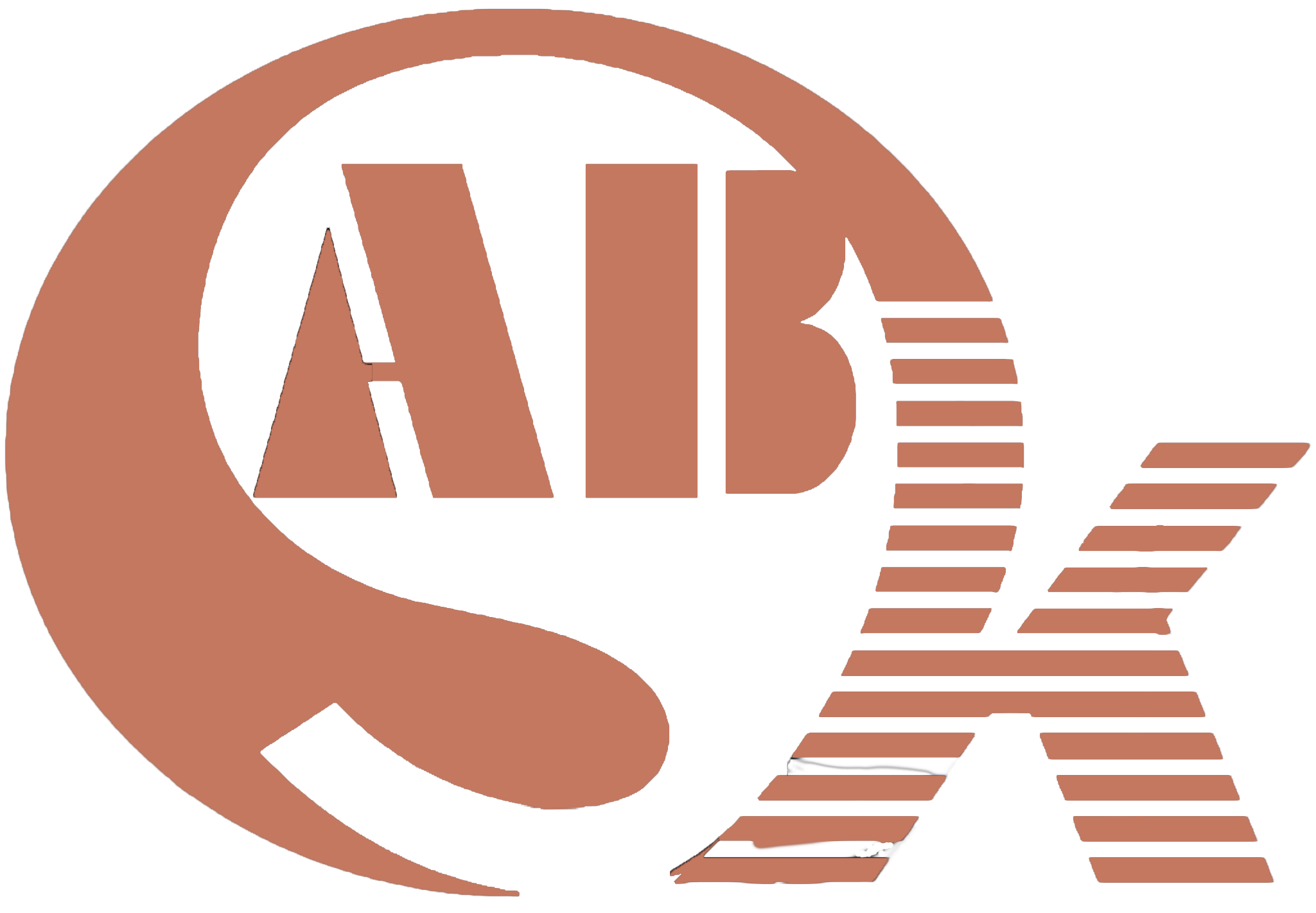Mastering Welding Positions: Discover the Best Techniques for Perfect Welds
Welding is an art and a science, and the position in which you weld plays a significant role in the quality of your welds. Welders often debate which weld position is the best, as each has its advantages and challenges. In this comprehensive guide, we’ll explore various welding positions, discuss their pros and cons, and help you understand when and where to use each. Whether you’re a seasoned welder or just starting, mastering these techniques is essential for achieving perfect welds.
Understanding Welding Positions: The Basics
Before we dive into which weld position is considered the best, let’s familiarize ourselves with the four primary welding positions:
- Flat Position: In the flat position, the weld axis is horizontal, and the welding bead lies on top of the joint. This is often considered the easiest position for beginners due to its stability.
- Horizontal Position: In the horizontal position, the weld axis is horizontal, but the joint is either vertical or inclined. Horizontal welding is commonly used in structural welding and requires good control over the molten metal.
- Vertical Position: In the vertical position, the joint is vertical, and the weld bead progresses upwards. Vertical welding can be challenging due to the force of gravity, making it essential to manage weld puddle control.
- Overhead Position: In the overhead position, the weld is performed on the underside of the joint, which is above the welder. This is often considered the most challenging position due to the risk of slag and weld pool instability.
Choosing the Best Welding Position: It Depends!
The question of which welding position is the best doesn’t have a one-size-fits-all answer. The choice depends on several factors, including the type of joint, the material being welded, and the welding process used. Let’s explore when each position is most suitable:
1. Flat Position:
Pros:
- Easier for beginners.
- Reduced risk of defects.
- High welding speed.
Cons:
- Limited applicability for vertical or overhead joints.
2. Horizontal Position:
Pros:
- Suitable for many applications.
- Offers good fusion.
- Structural welding often requires this position.
Cons:
- Requires more skill than flat welding.
- Potential for distortion if not controlled.
3. Vertical Position:
Pros:
- Suitable for tall structures.
- Better penetration and fusion.
- Reduced risk of contaminants.
Cons:
- Requires advanced skill.
- Slower welding speed.
- Challenging to manage molten metal.
4. Overhead Position:
Pros:
- Allows welding in tight spaces.
- Reduced risk of contaminants.
- Clean weld appearance.
Cons:
- Most challenging position.
- Higher risk of weld defects.
- Requires excellent overhead welding technique.
Perfecting Your Welds: Tips and Techniques
No matter the welding position, achieving perfect welds requires practice and mastery of welding techniques. Here are some tips to help you excel in any welding scenario:
- Travel Speed: Adjust your travel speed to match the welding position. Slower speeds are often necessary for vertical and overhead welding to ensure proper fusion.
- Electrode Angle: Pay attention to the angle at which you hold the electrode or welding torch. It varies for each position and welding process, so consult your welding manual for guidance.
- Joint Preparation: Properly prepare the joint, ensuring it’s clean and free of contaminants. Good joint preparation is critical for successful welding.
- Welding Angle: Maintain the correct welding angle relative to the joint. For example, in vertical welding, you may need to adjust your angle to accommodate the position.
- Welding Technique: Practice different welding techniques, such as weave patterns or stringer beads, to achieve the desired weld bead appearance and strength.
Conclusion: The Art of Adaptability in Welding Positions
In the world of welding, there is no definitive answer to which weld position is the best. Instead, it’s about adaptability and choosing the right position for the job at hand. Whether you’re working in a flat, horizontal, vertical, or overhead position, mastering the corresponding techniques is essential.
Ultimately, the best weld position is the one that ensures a strong, clean, and defect-free weld while meeting the specific demands of your welding project. With practice and a solid understanding of welding positions, you’ll have the skills to tackle any welding challenge and consistently achieve perfect welds.
